How to Pop a Pimple in the Safest Way Possible, According to Dermatologists
For the record: You should let it come to a head on its own.
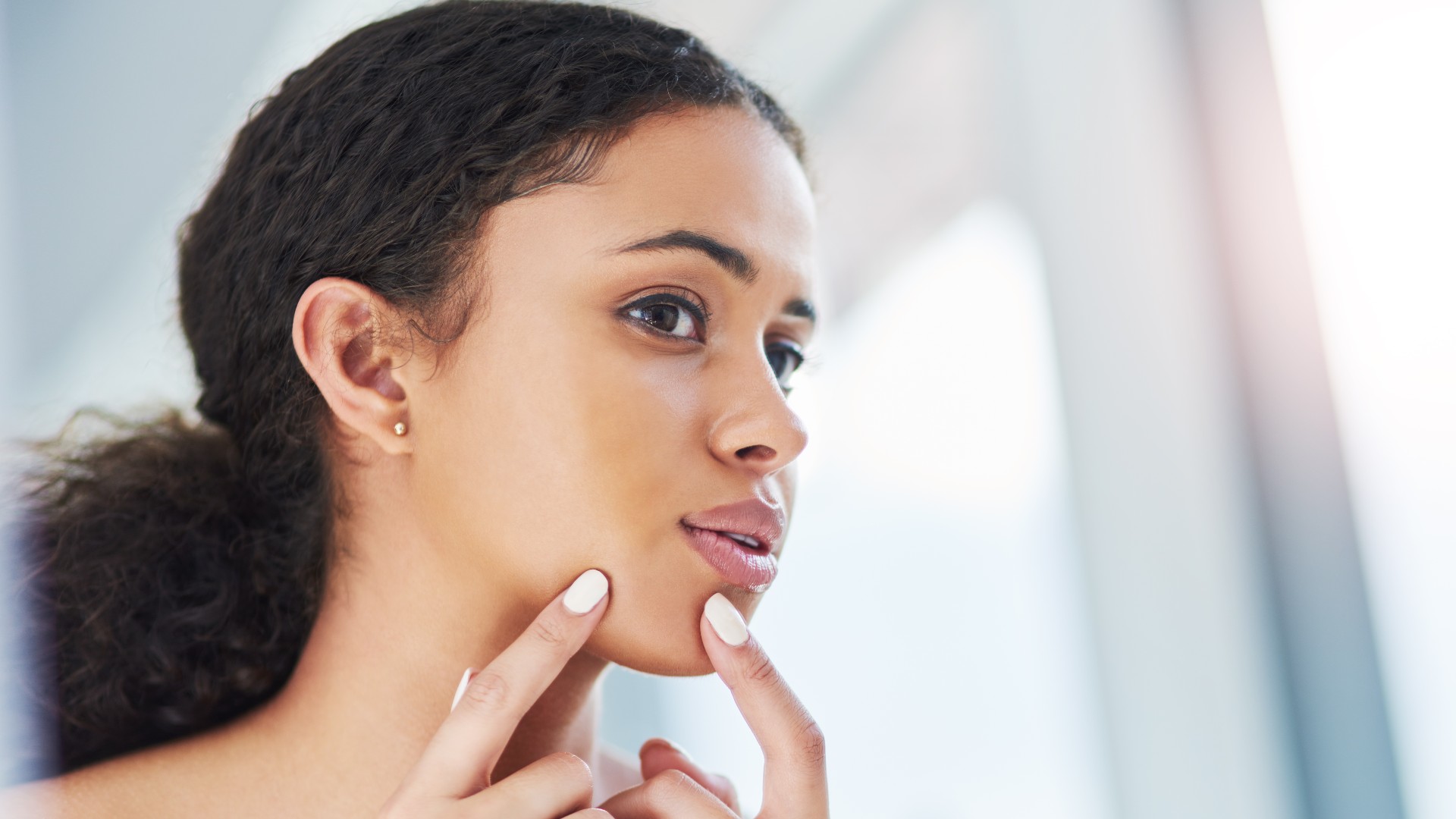

On the list of skincare no-no’s, popping your own pimple tops the chart. And, in writing this probably very needed “how to pop a pimple” guide, I absolutely must, must, must emphasize that getting your grimy hands all up in your blackheads and whiteheads is a not-so-smart idea. We’re talking about the possibility for infection, increased inflammation, and most notably, scarring. But if I’m being completely honest, I know how incredibly tempting it is to squeeze some pus out of a ready-to-go blemish. So if I can’t talk you out of popping your pimple in favor of one of the best spot treatments, you better bet I’m going to make sure you do it the safest, cleanest way humanly possible.
So with disinfected hands and a Q-tip at the ready, I encourage you to read ahead if you plan on popping. I, along with a handful of board-certified dermatologists, are breaking down every single step in the process. From knowing which types of pimples will get worse with added pressure to the post-popping aftercare necessary to avoid infection, here’s exactly how to pop a pimple if you simply can’t be stopped.
But First, Here’s Why You Shouldn’t Pop a Pimple
I know, I know: I said we’d run through how to pop a pimple. But you can’t blame me for trying to dissuade you one last time. “The biggest issue with popping a pimple is that the inflammatory contents of the pimple often get pushed down further into the skin, thus actually making the situation worse,” explains board-certified dermatologist and psychiatrist Dr. Evan Rieder. “Pimples can get bigger, more inflamed, and can even cause infections, often leading to the need for antibiotics or surgical drainage.” And let’s be honest: None of that sounds fun.
Then, there’s the scarring of it all. Getting your fingernails all up in your pimple business, in tandem with the added inflammation, is a recipe for long-lasting skin trauma and discoloration. “It can disrupt your skin barrier which delays healing, increases inflammation and can lead to more scarring,” says board-certified dermatologist Dr. Carmen Castilla.
How to Pop a Pimple, According to Dermatologists
You’re always going to be better off paying a visit to your dermatologist for a professional extraction or letting your acne drain on it’s own (I promise, it will go down), but if you absolutely can’t be dissuaded from DIY-ing, here are beauty editor and dermatologist-approved tips to pop your pimple in the safest, cleanest manner.
Step 1: Evaluate the Type of Pimple
Let me say this loud and clear: Not all types of pimples are poppable. And attempting to pop said pimples is a recipe for disaster. Your red, inflamed, and deep cystic pimples should *never* be popped. “Trying to manipulate a pimple that does not have any pus inside is going to do absolutely nothing other than exacerbating the inflammation,” explains Dr. Tanuj Nakra, double board certified MD, FACS and co-founder of AVYA Skincare. “The inflammation has not organized into a pus pocket and absolutely nothing will come out. Trying to pop this type of pimple will end up leading to a wound on your skin surface with the inflammatory pimple still present lower in the skin,” adds Dr. Castilla.
In contrast, comedones are going to be your most well-suited for popping. “A small one to two millimeter pimple with a well-defined head that’s ready to pop on its own and not inflamed is the best scenario,” says board-certified plastic surgeon Dr. Michele Koo. Still, “these pimples should be resisted and allowed to resolve by themselves.” Blackheads, which are typically filled with inert dead skin, are also viable options. “Often they can be expressed with minimal effort or trauma to the skin,” says Dr. Rieder.
Stay In The Know
Get exclusive access to fashion and beauty trends, hot-off-the-press celebrity news, and more.
Step 2: Do a Warm Compress
Speed along the whole healing process and get your pimple to a head faster by using a *warm* compress a few times a day. “Warm compresses can help a pimple express itself faster, but this is only recommended for pustules (pus filled pimples) and does not apply to hard, red, raised pimples,” says Dr. Nakra. “Please be judicious with the amount of heat, you don't want to have a thermal burn in addition to the pimple,” adds Dr. Castilla.
Step 3: Try a Pimple Patch
The safest and most effective way to get the gunk out of a comedone that is “ripe,” is with a good old fashion pimple patch. “Pimple patches are great for people who have a tendency to pick—they remind people to keep their hands off of their face,” says Dr. Castilla. And if you look for an option with micro darts (I broke down the best pimple patches, FYI), you’ll actually be able to speed along the healing process—without getting your grimy fingers involved.
Step 4: Clean the Area
Popping a pimple while you have makeup on? Absolutely not. If you’re deciding to go the at-home pimple popping route (again, I don’t endorse this behavior), the least you can do is make sure you’re dealing with a clean, disinfected area. Wash your face until it’s squeaky clean. “The way it’s done in a dermatologist or aesthetician’s office requires the use of alcohol or chlorhexidine to prep the skin,” says Dr. Rieder. At home, you can use a dab of 70 percent rubbing alcohol. You’ll also want to slip on some medical-grade gloves. “You should never put bare hands on the skin while attempting to pop a pimple or you can introduce all sorts of bacteria into the area.”
Step 5: Pierce the Pimple
You’ve probably seen TikTok videos galore of people taking a tweezer or needle to pierce the tippy top of their whitehead before applying pressure. That said, most dermatologists strongly, strongly discourage this, as it can introduce more bacteria and can easily do more harm than good when an experienced pro isn’t at the wheel. If you’re going to ignore us (we know you’re here for a reason) “sterilize a needle with the alcohol and carefully break open the white cap,” says Dr. Nakra. You should just be tapping your whitehead—no poking or pushing with sharp objects.
Step 6: Avoid Using Your Fingernails
Now, the moment you’ve all been waiting for—the grand pimple pop. With your gloves on and a clean surface, it’s time to apply a little pressure and get the gunk out. “Gently press or roll a Q-tip near the pimple to release the pus. A 45 degree angle may work best,” says Dr. Nakra. Dr. Koo on the other hand says that while fingernails should be avoided at all costs (they can damage the fragile, inflamed skin and introduce bacteria), the finger pulp, aka the flat part of your finger, or a needle nose tweezer will give you a little more pressure.
Step 7: Know When to Stop
This is the most important step and the difference between a successful pimple popping journey and a destructive one. “If you experience pain, bleeding, more inflammation in the skin, or find that more than gentle pressure is required to extract a lesion, take it as a sign to stop,” says Dr. Rieder. All of this essentially means that your pimple isn’t ready to go or needs to be dealt with under the care of a board-certified dermatologist.
Step 8: Be Gentle With the Skin
Once the pus from your pimple has been released, it’s time to give the area a little TLC. “Refrain from touching the area with bare hands after popping and keep makeup and serums off of the area for at least 24 to 48 hours,” recommends Dr. Koo. You might also want to take a page out of Dr. Nakra’s playbook and apply a 50-50 combination of antibiotic ointment and hydrocortisone one percent ointment to the affected area for the first 24 hours. Most importantly, just be gentle. Don’t use any harsh products like retinoids or acids on broken skin.
Step 9: Don’t Make Popping a Habit
While you may not be able to resist popping your ready-to-go pimple this go-round, I beg you: Don’t make popping a habit. You’re likely to end up with scarring and will make matters worse in the long run. If you find yourself dealing with acne regularly, you’re best off seeing a board-certified dermatologist and developing a solid skincare routine for acne-prone skin.
Meet the Dermatologists
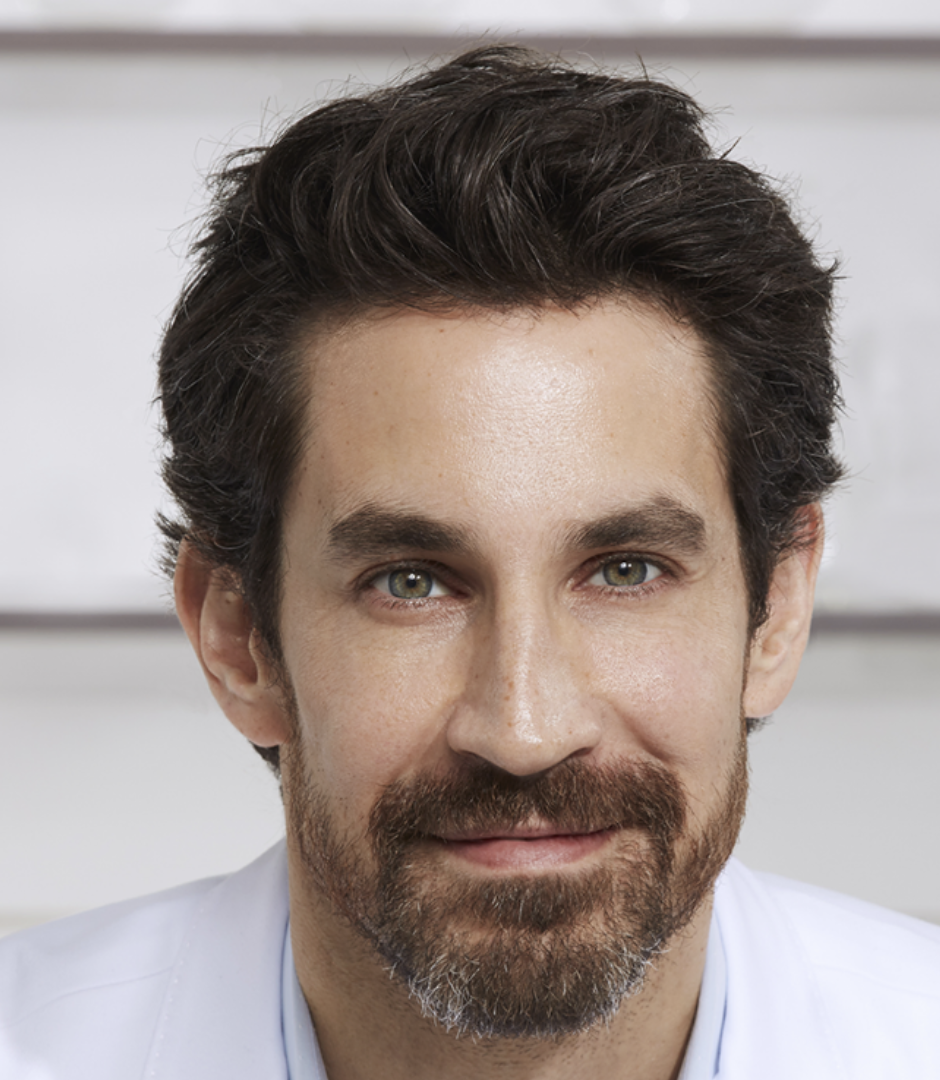
Dr. Evan Rieder is one of three American physicians to be dual board-certified in dermatology and psychiatry. He is a graduate of Dartmouth College and the University of Pennsylvania School of Medicine, as well as residency programs in psychiatry and dermatology at the New York University School of Medicine. Dr. Rieder has expertise in cosmetic dermatology, skin care, general and surgical dermatology, and nail disorders. He is known for both his ability to customize cutting edge technology to achieve natural cosmetic results as well as his practical and collaborative approach to the treatment of skin disease. As a psychiatrist, his calm demeanor and selective use of mind/body techniques put people at ease and when necessary, allow him to understand the subtle aspects of skin and beauty. His strong academic training, sense of artistry, and gimmick-free approach to aesthetics make Dr. Rieder a sought-after dermatologist for a discrete and sophisticated clientele. An expert in the confluence of aesthetics and psychology, Dr. Rieder has published extensively in the dermatology and psychiatry literature and is regularly called upon to educate his peers. He is the editor of two major cosmetic dermatology textbooks, Essential Psychiatry for the Aesthetic Practitioner (1st Ed) and Cosmetic Dermatology (3rd Ed). He is a highly valued consultant and media expert, having worked extensively with industry to launch novel skin care and pharmaceutical lines. He is the host of the Dermatology Show on Sirius XM Dr. Radio, and is regularly featured in print and online media including The New York Times, Gentleman's Quarterly, Vogue, and Allure. Dr. Rieder is a faculty member of the prestigious New York University Department of Dermatology, and practices cosmetic and medical dermatology in Manhattan. He is an active member of several medical organizations including the American Academy of Dermatology, the American Society for Dermatologic Surgery, and the American Psychiatric Association.
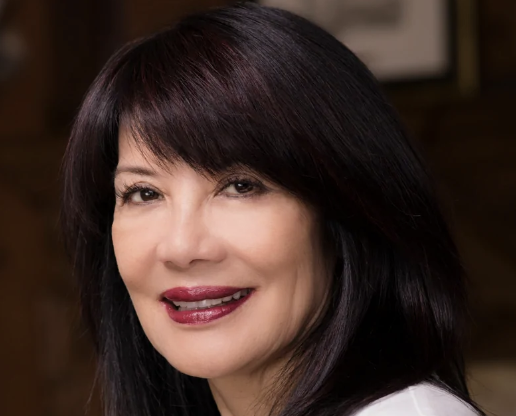
Dr. Koo was born in Shanghai and moved to the United States when sh was five. She grew up in Palo Alto, California, and graduated Stanford University with a BS in Biological Science. She attended medical school at Washington University in St. Louis, which is also where she completed my residency. She's a board certified plastic surgeon with 28 years of clinical experience. She entered this discipline because she appreciates beauty, which for her is not entirely about the way you look, but more so about how you feel. Her practice is based in St. Louis and her patients come from all over the world.
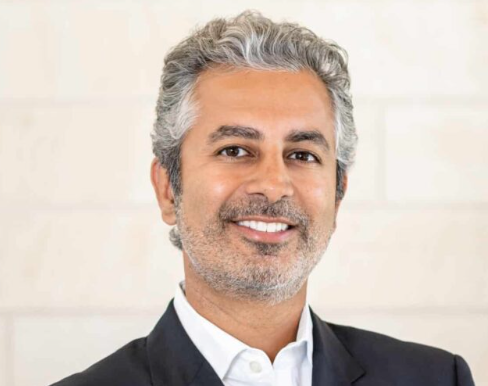
Tanuj Nakra, MD, FACS is a double board-certified facial & ophthalmic plastic surgeon who has practiced at TOC since 2008. He was born in London, England, and raised in St. Louis. He completed residency and fellowship training at UCLA. After his medical training, Dr. Nakra served on the UCLA faculty and established private practices in both Beverly Hills and Santa Barbara before moving to Austin. He has been consistently recognized as a Top Doctor by Austin Monthly, Texas Monthly, Castle Connolly, and Who’s Who in Medicine for over the past decade. Dr. Nakra serves as Clinical Faculty at the Dell Medical School at UT-Austin, and is the Fellowship Director of an accredited American Academy of Cosmetic Surgery (AACS) Fellowship. He has been an invited keynote speaker at major conferences around the world, training other surgeons in the latest techniques, including his own signature cosmetic procedures. Dr. Nakra has authored over 70 peer-reviewed scientific articles and has had numerous grant-supported research projects in the field of reconstructive and cosmetic surgery. He has served on the Executive Committee of the American Board of Facial Cosmetic Surgery, and the Board of Directors of the Cosmetic Surgery Foundation, as well as the President of the Austin Ophthalmology Society. With his scientific expertise in facial aesthetics, he co-founded AVYA Skincare, a medical-grade Ayurvedic skincare brand. He also recently co-founded Global Cosmetic Surgery, an international medical educational platform.
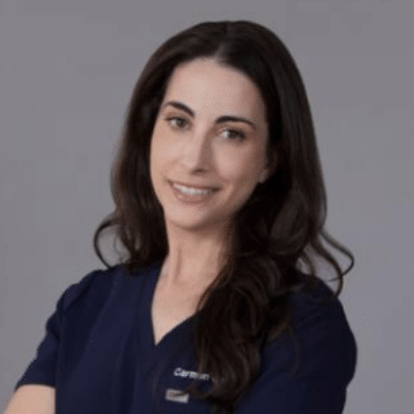
Born in the city of Almeria in Andalusia, Spain and raised in New York, Carmen Castilla, M.D., is a Manhattan-based, board-certified dermatologist specializing in personalized, patient-centered treatment plans in cosmetic and medical dermatology. Dr. Castilla graduated cum laude from New York University, with a degree in studio art-photography and minor in psychology. After serving as a volunteer in an emergency room, she was inspired to pursue a career in medicine. She attended Rutgers New Jersey Medical School, where she was a member of the highest honor society - Alpha Omega Alpha. She then completed her internship in internal medicine at the renowned Brigham and Women’s HospitalHarvard Medical School in Boston and her dermatology training at New York University Langone Hospital, one of the top-ranked programs in the country. Her interest in art naturally led her to dermatology, and this background has enhanced her clinical practice. Like art and photography, dermatology is a visual field which relies on pattern recognition to make a diagnosis or stylistic judgement to make things appear optimally beautiful. Art hones these observational skills, uniquely strengthening her abilities in dermatology. Her work in aesthetics, especially, is benefitted by a keen eye to notice subtleties, manipulating light and shadow to improve outcomes. As an internationally-recognized thought leader in skincare, and holistic medicine, she has published numerous papers and textbook chapters, is an expert source for media, and has a passion for sharing her evidence-based knowledge. She has frequently presented at conferences, including most recently, at the DASIL World Congress in Mexico City to speak about nutrition in dermatology. Finally, she remains a clinical instructor at Mount Sinai Hospital and is committed to advancing the field of dermatology by teaching advanced technologies and cutting-edge techniques.

Samantha Holender is the Senior Beauty Editor at Marie Claire, where she reports on the best new launches, dives into the science behind skincare, and shares the breakdown on the latest and greatest trends in the beauty space. She's studied up on every ingredient you'll find on INCI list and is constantly in search of the world's glowiest makeup products. She's constantly tracking the biggest nail and hair trends to pop up in the beauty space, going backstage during fashion weeks, tracking celebrity looks, and constantly talking to celebrity hair stylists, nail artists, and makeup artists. Prior to joining the team, she worked as Us Weekly’s Beauty and Style Editor, where she stayed on the pulse of pop culture and broke down celebrity beauty routines, hair transformations, and red carpet looks. Her words have also appeared on Popsugar, Makeup.com, Skincare.com, Delish.com, and Philadelphia Wedding. Samantha also serves as a board member for the American Society of Magazine Editors (ASME). She first joined the organization in 2018, when she worked as an editorial intern at Food Network Magazine and Pioneer Woman Magazine. Samantha has a degree in Journalism and Mass Communications from The George Washington University’s School of Media and Public Affairs. While at GWU, she was a founding member of the school’s HerCampus chapter and served as its President for four years. When she’s not deep in the beauty closet or swatching eyeshadows, you can find her obsessing over Real Housewives and all things Bravo. Keep up with her on Instagram @samholender.
-
 Youn Yuh-Jung Didn't Want to Make Another American Movie—Then Came 'The Wedding Banquet'
Youn Yuh-Jung Didn't Want to Make Another American Movie—Then Came 'The Wedding Banquet'The Oscar winner shares why the LGBTQ+ rom-com hit close to home and the message she hopes it sends to ''conservative'' Koreans.
By Quinci LeGardye
-
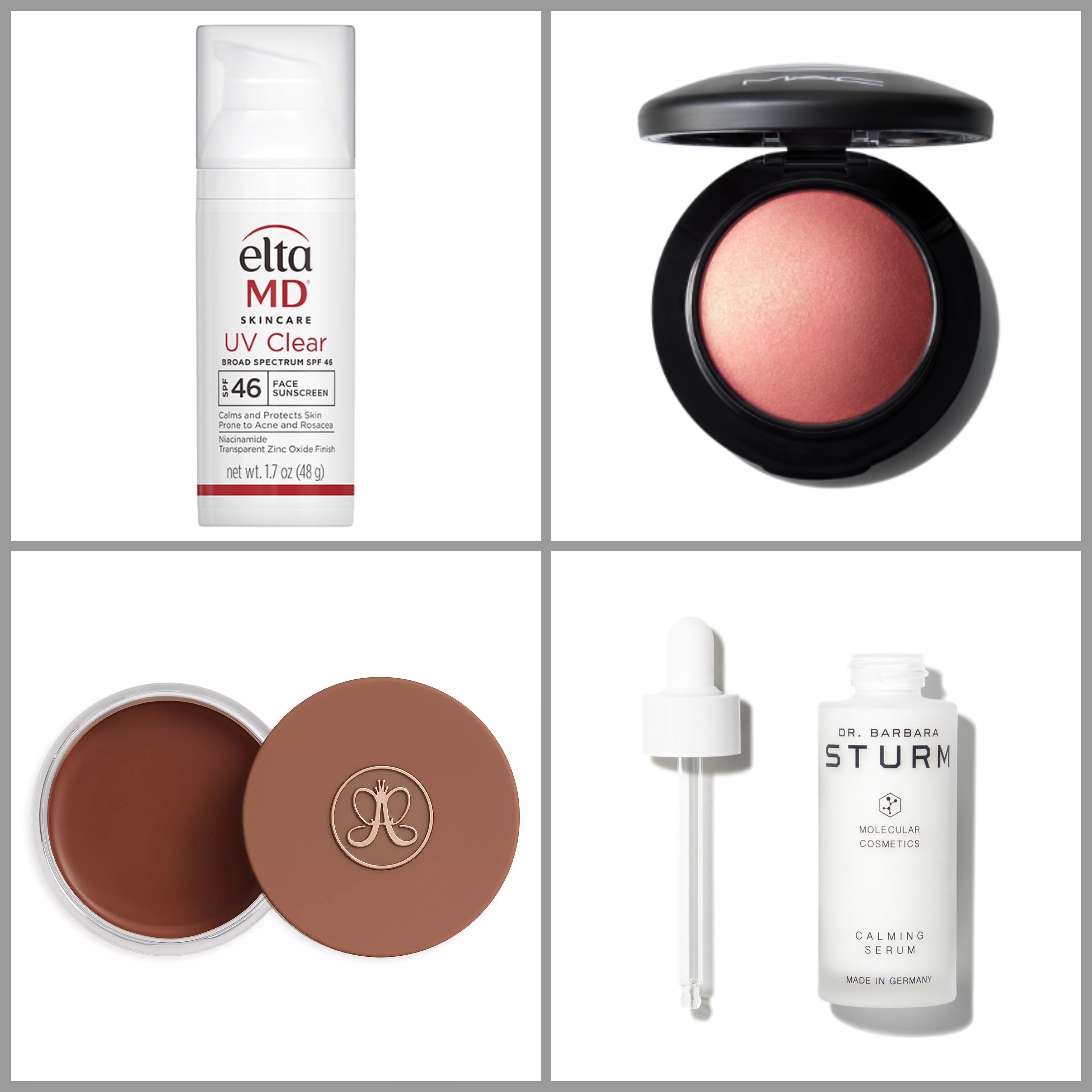 The 17 On-Sale Beauty Finds I’m Stocking Up on Ahead of Summer
The 17 On-Sale Beauty Finds I’m Stocking Up on Ahead of SummerFrom glowy blushes to the all-time best sunscreen.
By Brooke Knappenberger
-
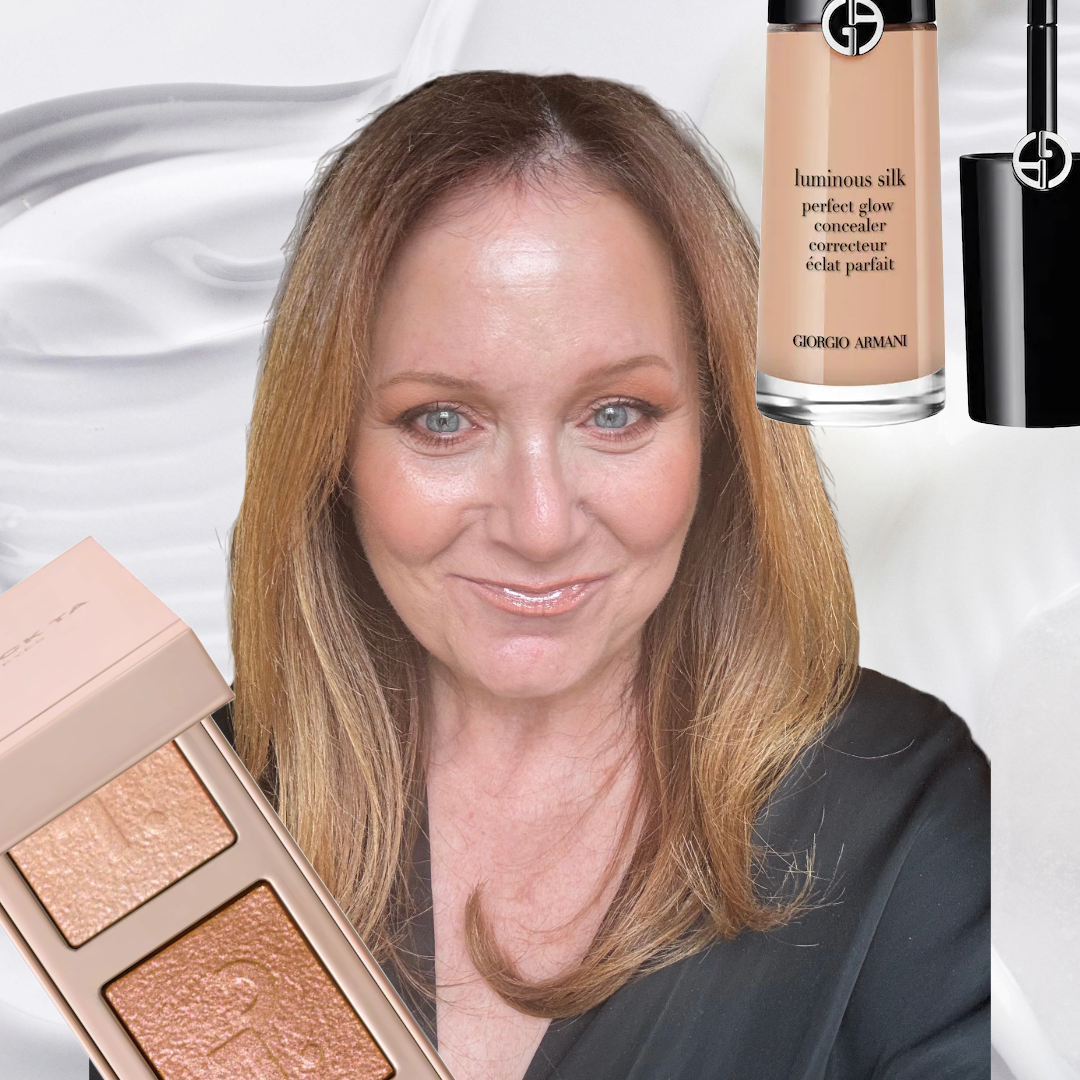 My Incredibly Picky Mom Told Me Every Beauty Product She Wants for Mother's Day
My Incredibly Picky Mom Told Me Every Beauty Product She Wants for Mother's DayShopping made easy.
By Samantha Holender